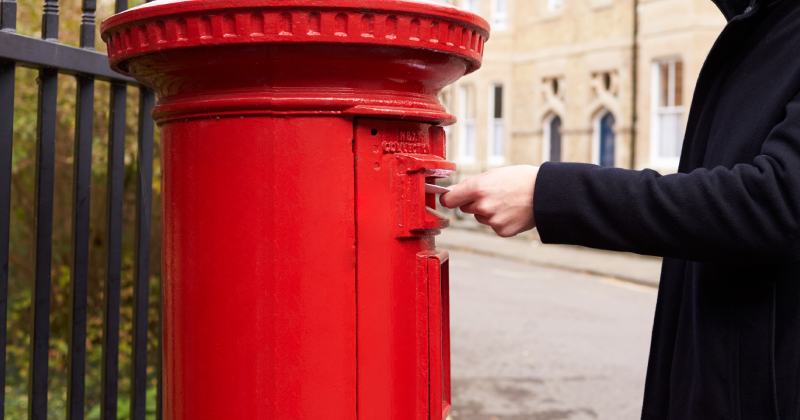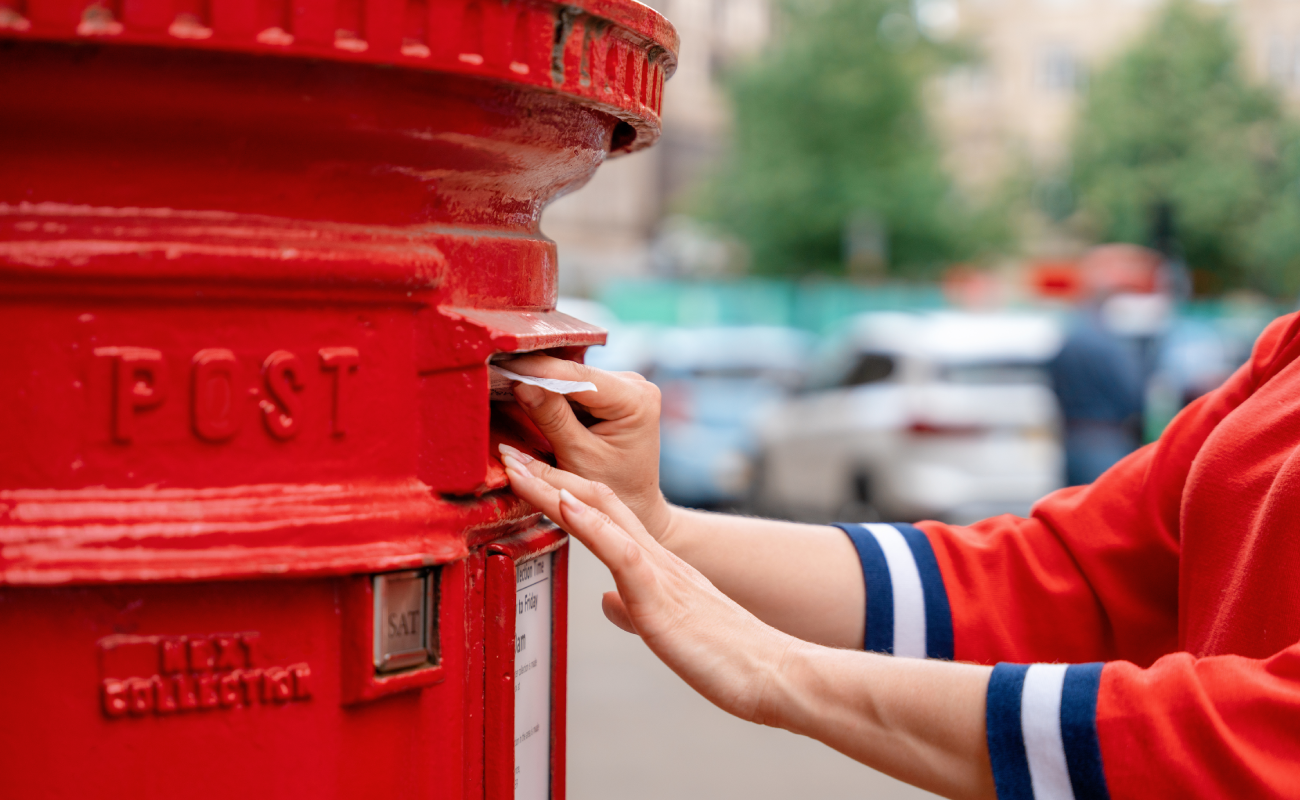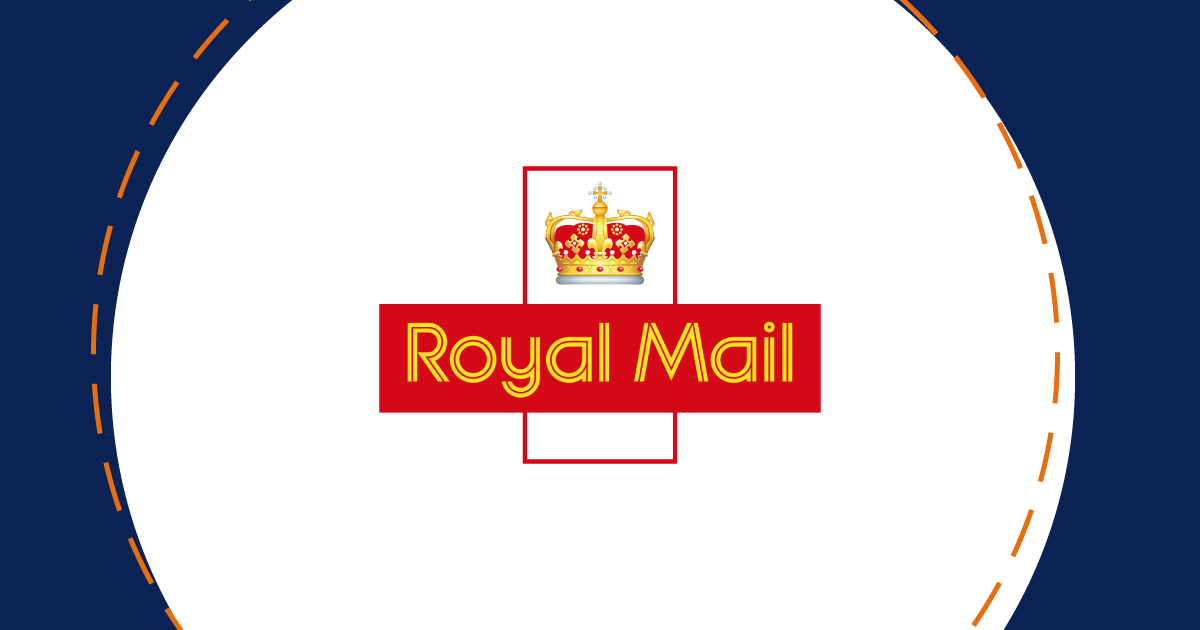Organisations are changing the way they are communicating. With audience preferences and requirements evolving and with the increasing demand to communicate more effectively but with fewer resources, finding new and exciting ways to increase engagement is at the top of many organisations’ lists.
Finding new ideas to engage can seem challenging, however, it doesn’t have to be! Bringing together the perfect blend of physical and digital communications can do just that. By this, we mean much more than utilising different forms of communication together but combining digital and physical elements to create a seamless customer communication journey.
This combined with the fact that consumers desire easily accessible and digestible information means that QR codes (quick response codes) could be the answer businesses are looking for.
A QR code is a scannable barcode that can be used to redirect individuals to further information, social media channels, websites or specific landing pages. They are designed to drive audiences to undertake specific actions, such as completing a contact form or reading additional information about a product, service or topic.
They were created in 1994 by the Japanese automotive company Denso Wave to track parts as they moved through an assembly process and became compatible with technological development in 2008.
Nowadays, most smart devices have the ability to scan barcodes, making them applicable to almost anything. Users simply use their phone camera to hover over the code, where it will then direct them to a URL. They can be used on all digital and physical pieces of communication including websites, postal mailings, adverts, business cards, whitepapers, social media, presentations and events.
A QR code can be displayed both horizontally and vertically and is often used to take audiences from the physical communication sphere to the digital.
Arguably QR codes have really come into their own since 2020 and look to continue to grow and shape our landscapes further as they become a part of our everyday lives.
Since their initial launch, QR codes have had peaks and troughs in their use. However, in recent years we have seen the rise in popularity of QR codes once again. This began during COVID-19 where QR codes were used globally as a means of accessing contactless information, such as health passports/COVID passports and NHS Track and Trace facilities.
But actually, QR codes are often used in our everyday lives much more without us even realising. Whether ordering from restaurants, wanting to pay for an order, looking for bus timetables, requiring more information in a museum or paying to park, we have fully accepted the use of QR codes in society.
This rise and acceptance of QR codes globally, influenced how organisations began to use them in both marketing and service communications. This is as audiences recognised and identified the benefits of engaging with them and most importantly how to use them. They became an instant method of media that organisations could utilise, through QR generators with little to no artwork design required to create them.
QR codes can now be found, as previously mentioned, on all forms of media channels helping provide further information, context or helping build meaningful relationships by moving audiences through the different stages of the buyer’s journey. They are being widely adopted across all sectors, both private, public and tertiary and have become a valued part of a communication toolkit.
For example, public sector organisations may utilise them by: an NHS Trust using a QR code to provide patients further information on a specific diagnosis or to display directions to an appointment ward, they can also be used for contactless check-ins or to pre-fill contact details. Local governments might use QR codes to inform residents of changes with bin collection dates during seasonal periods or updates in road works.
In comparison, private sector organisations may utilise them by: a finance organisation using a QR code to direct a client to an online portal or veterinary practice using a QR code to an appointment booking system.
Whereas the tertiary sector may utilise them by: a charity using a QR code to provide links to a donation platform or event system.
Whatever the sector, QR codes have become a modern way to communicate more with fewer resources and yield a wide range of benefits.
Informative: QR codes are far more than a decorative image. They provide organisations with the ability to give their audiences further information on a topic. For example, an A4 letter or postcard mailing, can only hold a certain amount of information, but by using a QR code it directs the reader to further information that may help them travel through the buyer’s journey and the decision they require. It allows organisations to communicate more, in less space, whilst helping build a relationship with their audience through a specific call to action.
Actionable: Most QR codes are designed to drive actions, by taking audiences to an end destination. By adding QR codes to media, you are changing their dynamic, making them easily accessible and actionable all through the power of interaction. Whether the code is used to encourage a download, seek further information or get in touch, they drive response rates and help meet targets.
Audience insight: In addition, the use of QR codes provides organisations with granular data on the audience response to the communications they sent, including physical mail! By utilising a QR call to action, it provides trackable user engagement, via UTM links and can help determine the best method of communicating with different audiences. This data can help to make informed communication decisions and help make strategic developments.
Quick implementation: QR codes are quick to use for both the organisation using them and the clients receptive to them. Organisations can simply use a QR generator online and implement the graphic into any physical or digital communications. Whilst using a QR code provides clients with quick access to additional information as there is no requirement to type in a long URL or room for error in typing this out incorrectly. It’s as simple as scanning the barcode and your end destination popping up on your smart devices. This improves the customer experience whilst offering increased speed to market for organisations.
Accessible for all businesses: Because they are so quick and easy to implement, they can be utilised by all businesses of any size. They can be created for free and can be added, adjusted to fit any scale and work both in digital and physical communications.
Diverse: QR codes are extremely diverse. They can be applied to almost anything. They work best on printed communications, helping move audiences to the digital space and providing further information or a specific call to action to drive results.
QR codes have firmly cemented themselves into society, with businesses everywhere implementing this technology into different forms of communication, some independently and some with the help of communication experts. Some communication experts, such as CFH Docmail Limited, have been helping organisations utilise QR codes across both the public, private and tertiary sectors for many years. It’s the perfect way to bring physical and digital communication channels together achieving the best of both worlds.
If you are interested in using QR codes in your communications, then why not get in touch by scanning the QR code below or filling out a contact form and one of our experts will be in touch.





Surrey County Council Sought to Optimize Print/Post Services Across Departments. We Helped Transform Their Services With Our Industry Expertise.



















